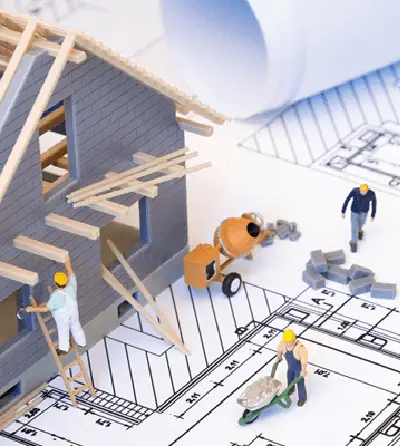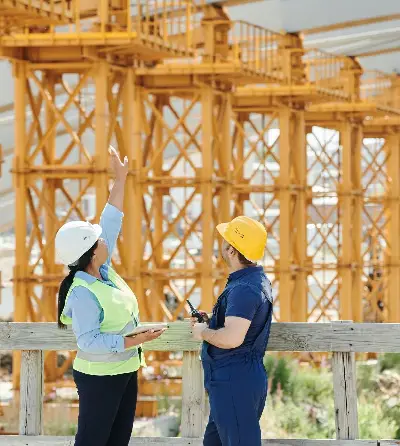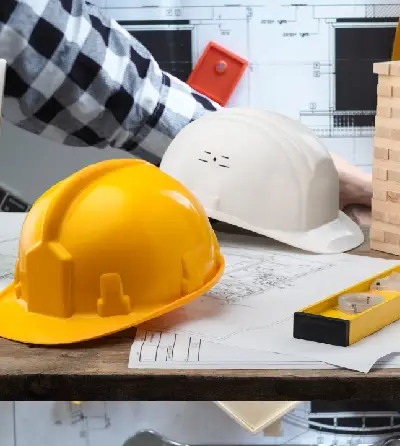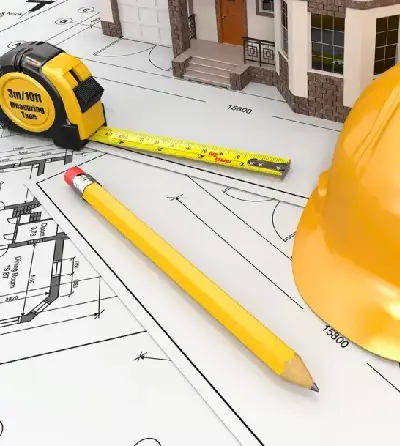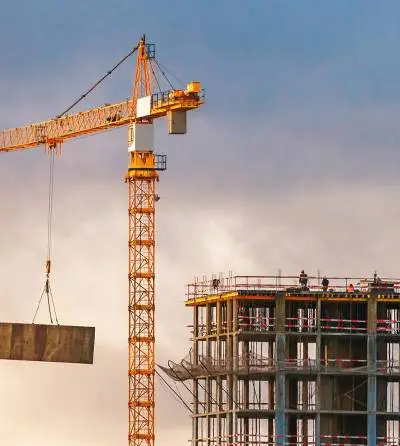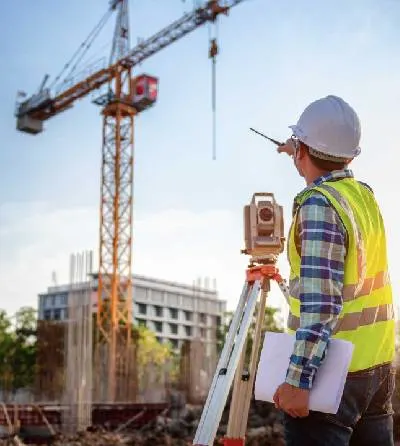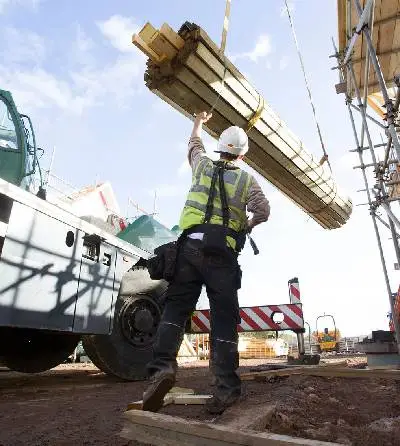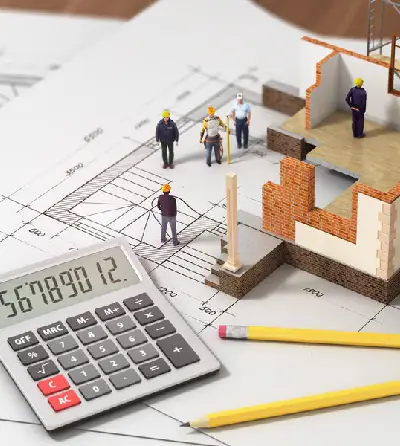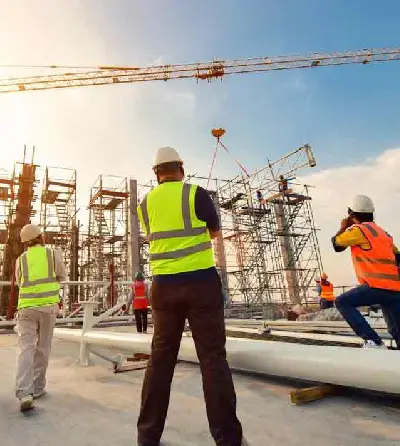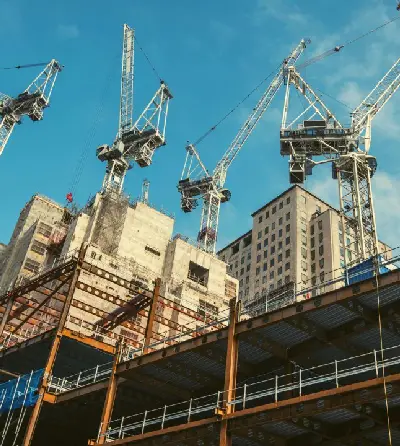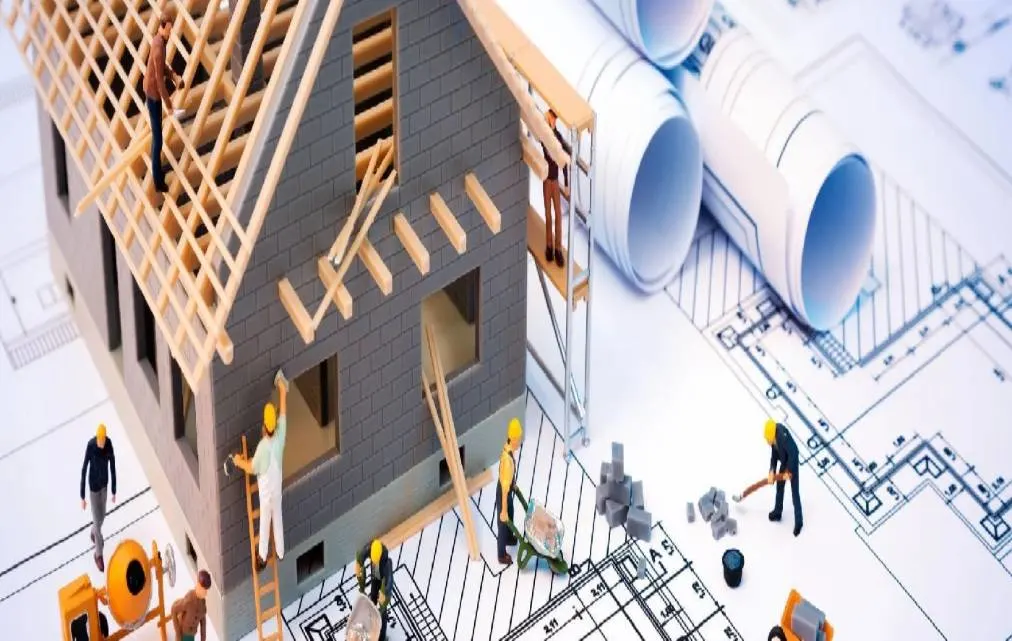
Category : Blog
Date :28 June 2024
Author : Ravi
Steps to Successfully Develop Residential Land
Land development can be a lucrative investment when executed correctly. To succeed in land investment projects, buyers of raw land aiming to build and sell homes, commercial buildings, or other structures must navigate a 3-stage process. Each of these stages involves different land development services and contracting with various development professionals. Below are the three crucial stages of land development in Texas:
Land Development Stage 1 – Pre-Development
The pre-development stage is often the most overlooked yet essential part of the development process. It involves not only locating a suitable piece of land but also ensuring it meets the project’s needs.
Site Selection and Assessment: Identify a suitable piece of land and evaluate its feasibility for the intended project. Work with land development professionals to scout and assess properties, ensuring the land is viable for the intended use.
Budgeting and Preliminary Planning: Develop construction budgets and preliminary plans based on the project’s goals. Address zoning issues and finalize the land purchase only after confirming the feasibility and suitability of the site.
Detailed Planning and Permits: Once the land is secured, detailed project planning begins. This includes obtaining necessary building permits and finalizing detailed construction plans. This stage sets the foundation for the subsequent construction phase.
Land Development Stage 2 – Construction
The construction phase is where the transformation of raw land into a developed site begins, guided by the pre-development planning.
Site Preparation: Start with land clearing and site preparation. This involves removing existing vegetation, grading the land, and preparing it for construction.
Building Construction: Commence with the construction of buildings, infrastructure, and amenities. This phase includes utility installations, road paving, and other necessary site improvements. The construction stage is the longest, involving various contractors and specialists to bring the project to life.
Coordination and Supervision: Throughout construction, continuous coordination and supervision are critical. Ensure that all contractors adhere to the plans and schedules, addressing any issues that arise promptly.
Land Development Stage 3 – Post-Development
The post-development stage involves finalizing the project and preparing it for its intended use, whether selling homes or leasing commercial spaces.
Quality Control and Finalization: Conduct quality control checks to ensure that the construction meets all standards and specifications. Address any final adjustments and complete the necessary inspections.
Marketing and Sale/Lease: Once the project is complete, begin marketing the property. For residential projects, this involves selling homes to private buyers. For commercial projects, it means leasing space to businesses. Effective marketing strategies and a thorough understanding of the target market are crucial at this stage.
Additional Tips for Successful Land Development
Validate Plans with Master Engineering: Master engineering is essential to validate the feasibility of development plans, incorporating necessary infrastructure and minimizing costs.
Listen to the Land: Carefully assess the land’s natural features and work with them, rather than against them. This can lead to cost savings and create appealing amenities for future residents.
Efficient Design and Space Utilization: Optimize the design to make efficient use of space. Avoid unnecessary intersections, incorporate effective stormwater management, and consider variable home setbacks to maximize lot usage.
Team Coordination and Clear Roles: Assemble a skilled and experienced team, clearly define roles and responsibilities, and maintain open communication throughout the project.
Consider Topography and New Technologies: Pay attention to the land’s topography and use modern technologies like drones and 3D mapping for better planning and marketing.
Holistic and Creative Approach: Adopt a holistic approach to design, integrating stormwater management and creating community amenities. Be open to creative ideas that enhance the project’s appeal and ROI.
Flexibility and Market Awareness: Stay flexible and responsive to market trends. Adapt plans as needed to meet changing market demands and maximize the project’s success.
Conclusion
Developing residential land involves a comprehensive and systematic approach, from pre-development planning to construction and post-development activities. Each stage requires careful attention to detail, collaboration with skilled professionals, and a strategic approach to design and implementation.
By following these steps and incorporating best practices, land developers can successfully transform raw land into thriving residential communities, maximizing their return on investment and creating valuable properties.
Texas Sparks Constructions
At Texas Sparks Constructions, we specialize in comprehensive land development services, guiding clients through every stage of the process. With our expertise in pre-development planning, construction management, and post-development marketing, we ensure that each project is completed to the highest standards. Our commitment to quality, efficiency, and innovation makes us the ideal partner for your next land development project. Trust Texas Sparks Constructions to turn your vision into reality.

